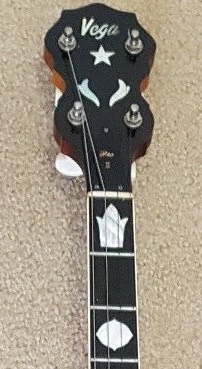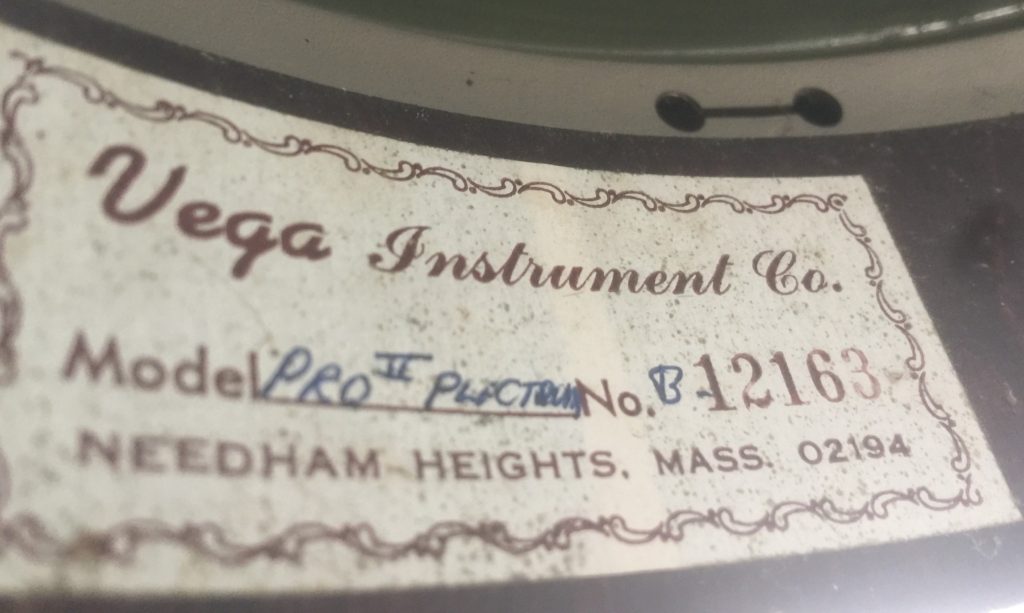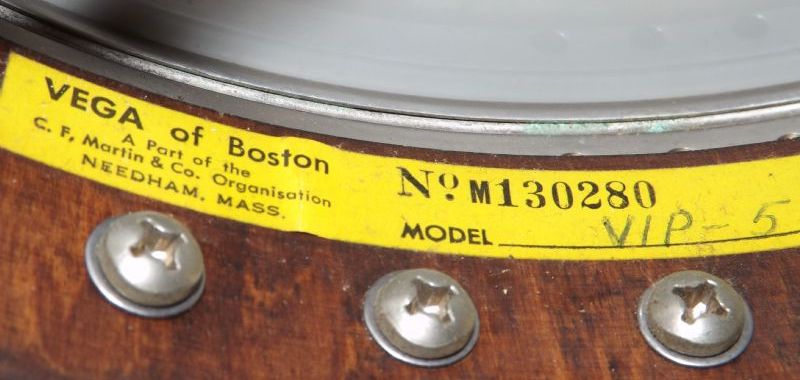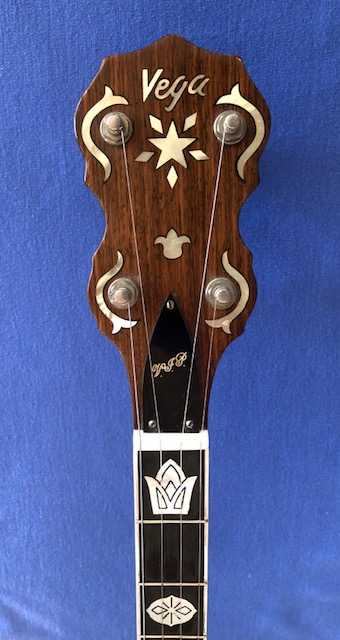The Salamander Grill proprietors relocated their business up river 30 miles and renamed it the “Cowboy Toad.” Our Bluegrass jam emigrated to a nearby and newly built restaurant called the “Country Club” which was a two story wooden structure across the highway from the Eagles Bluff Conservation Area- a wildlife preserve beautifully photographed in the nature book “Where Pelicans Fly.” The Club was situated in the almost abandoned old railroad town of McBaine, Missouri, population 10.

The jam session area sported a “MU” wall placard and an emblematic Tiger visage beside it because the highway out front eventually coursed all the way back into town accessing the University of Missouri campus. For several years, the Country Club was a popular Sunday afternoon rendezvous site for pickers, patrons, and bicyclists pedaling along the nearby Katy Trail. The BRC founder wrote a bouncy blues tune entitled the “McBaine Boogie” for the listeners.
Late one night, the Country Club sadly burned down. After the conflagration, an anonymous music fan wrote a nostalgic poem that appeared in the local newspaper.


Attached is a sound file of the “McBaine Boogie.” All parts are performed by the author on this opening track of his 2004 CD benefitting the University of Missouri Children`s Hospital. Enjoy.
McBaine Boogie from the Hartsburg Anthology (Copyright 2004).
From the BRC Vega Martin Mailbox:
D.M. from Australia writes-
Hi there, just found your page; what a fantastic site for resources about Vega Martin Banjos! I’ve just recently picked up a Vega Plectrum Banjo here in Australia which has turned out to be a bit of a mystery. It’s a Pro-II which is in quite good condition; it even has the original Lifton case, complete with all the case candy! From what I can see, everything about it suggests that it’s one of the later Instruments made prior to the buyout (it has the reshaped headstock).

However here’s the interesting part; instead of the usual yellow label inside, it has a white label marked Needham Heights with a 5 digit serial number!

At first I was worried that I might have scored a fake; however I managed to google one other banjo with the same label (& a similar serial number) that the owner seemed to think was from 1970, which I believe would make it a transitional model. Interestingly, the 5 digit serial number is preceded by the letter “B” handwritten on the label (I’m guessing that this may have been so the serial numbers don’t overlap with serial numbers from the “print error” models in ’63-’64?). Have you come across the white labels before; and if so, would you have any idea when & where the Banjo might have been made? If I can get an email for you I’ll send you some pics. Cheers, D.M.
Reply from the BRC:
Dear D.M.-
Thanks for the prompt and detailed pictures of your Vega Pro II plectrum banjo #B-12163 with its serial number curiously recorded on an unusual white, rather than yellow, label sticker. Your banjo (seen above) was manufactured in 1964 during a brief period when Vega used 5 digit serial numbers because of a printer`s error and when a prefix of “A” meant an adjustable truss rod. The peg head on the Pro line of banjos seen in the 1963, 1966, and 1968 Vega catalogues is more squarish with somewhat pointy corners than the peg head shown on your 4-stringer. In the 1966 Vega/Boston catalog, the Pro fretboard replaced its blockish mother of pearl inlays with your instrument`s “football and crowns” designs. When the new VIP series was introduced in the 1968 Vega catalogue, it featured an identical MOP stye on its fingerboard but a more smoothly contoured peg head. For about 2 years after acquiring the Vega brand in 1970, C.F. Martin continued the traditional Vega yellow label sticker with the historic 6 digit serial number system but prefixed it with the letter “M” to signify new ownership.

Martin initiated its own serial number system decaled on the interior of the wooden pots starting in 1972. The so-called Bobby Joe Fenster banjo in the Vega Martin catalog of 1970, a thinly veiled Pro model, featured the more smoothly contoured peg head from the VIP neck series. In the C.F. Martin catalogue of 1972, the bona fide Pro model reemerged featuring the smoothly contoured VIP peg head with its rounded corners. The popular VIP model featured more elaborate MOP inlays in the peg head than its cousin the Professional (as seen below in the 1975 Vega Martin VIP-5 banjo #1364 in the BRC collection).

Of note, the Vega factory moved from Leon St. in Boston to Reservoir St. in Needham Heights, Massachusetts, in 1966. My primary theory is that your “B” banjo was a 1964 workshop prototype experimenting with converting the squarish original Pro peg head with its pointy corners to the more smoothly contoured peg head style of the future VIP series. To distinguish this prototype Pro II banjo from the regular inventory, a distinctive white sticker label with a “B” prefixing the serial number was installed to designate the instrument`s unique status to the Vega planners. Interestingly, no model identification appears on the original small Vega ID tag displayed in your photographs. My secondary theory is that your “B” banjo was built from parts manufactured or assembled in Boston, but it was not marketed until sometime later after the factory relocated to Needham Heights. A combination of both of these theories may be the actuality. Lastly, the unusual white sticker label seen in 1963-64 might be just another printer`s error. Hope this helps and thanks again for the photos and interesting supplemental data. Be well Down Under, Barry
D.M. replies, Oct. 2, 2020
Hey Barry, thank you so much for that reply. Wow, sounds like it’s an interesting one; I do remember reading somewhere that Vega weren’t afraid to experiment! Thanks for solving that; and thanks again for your info. D. M.
To All: Be well, mask-up, keep on picking.

No Comments